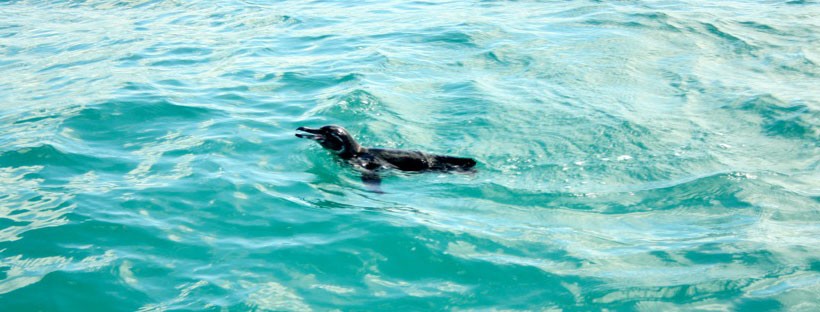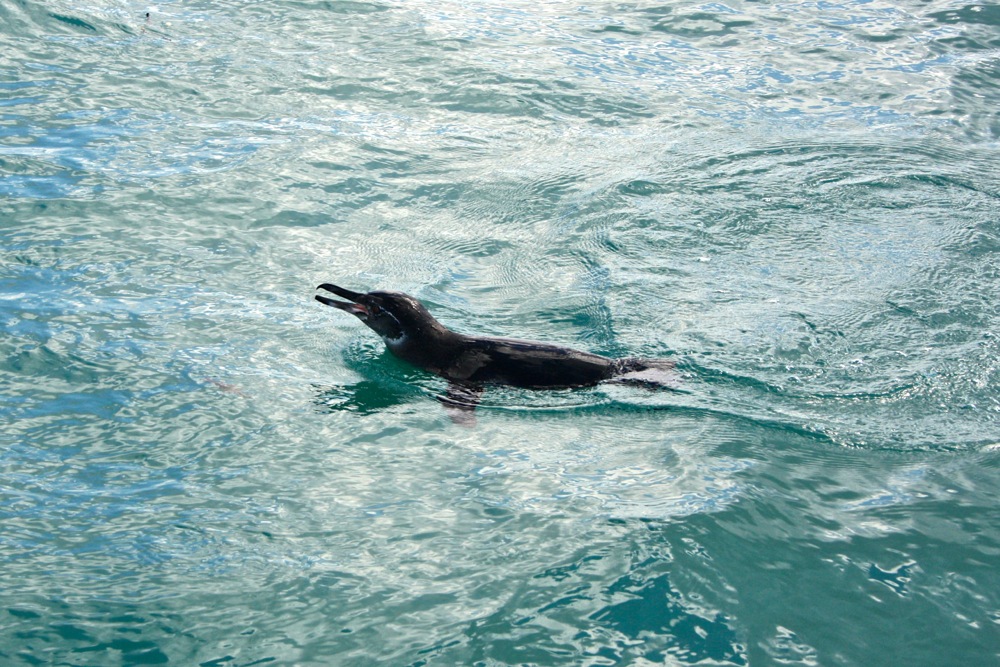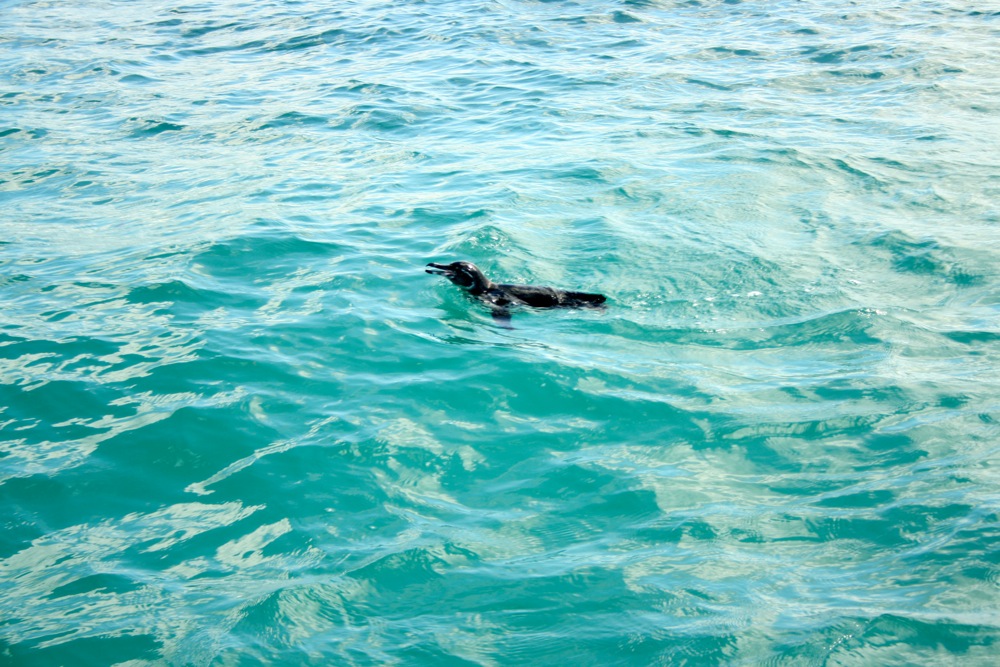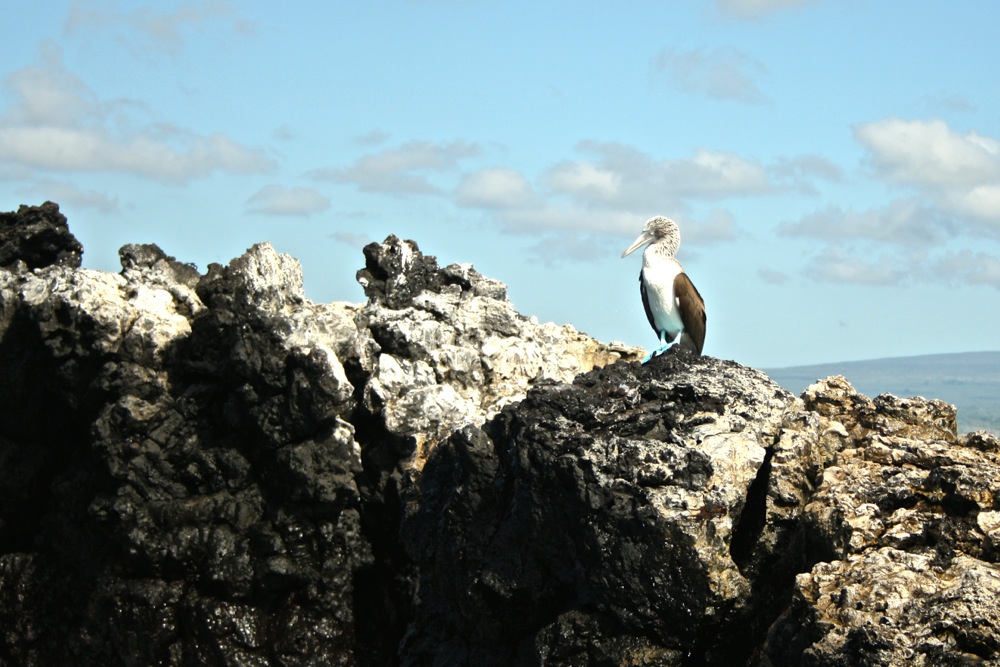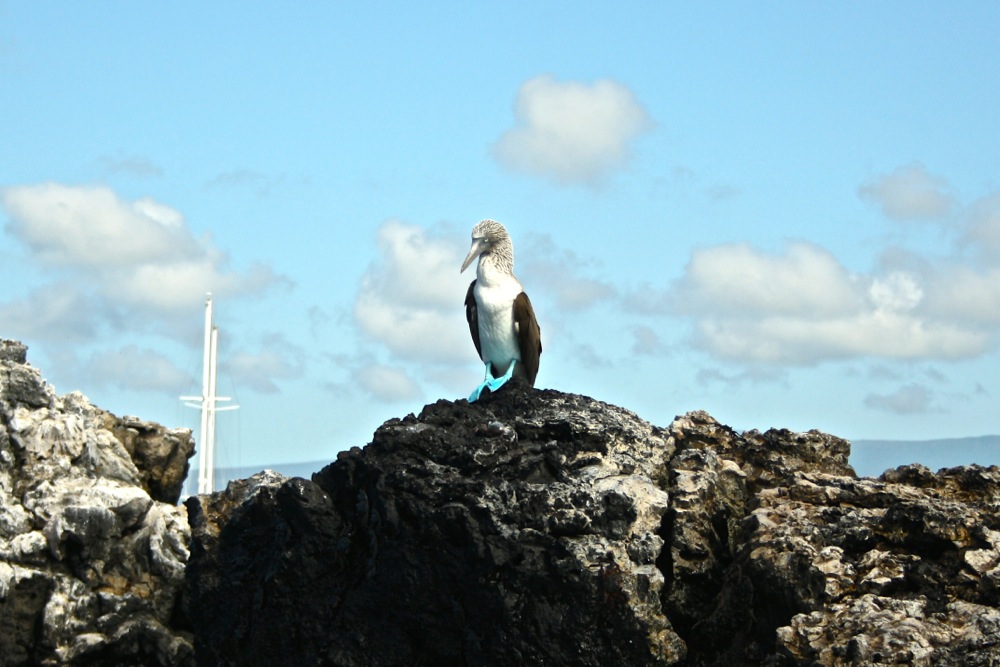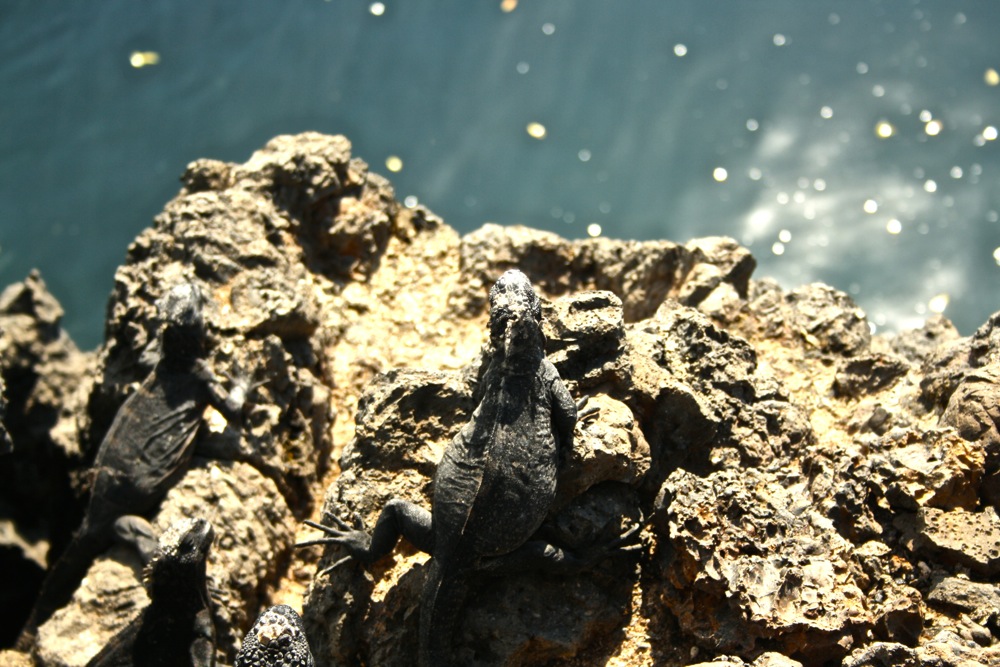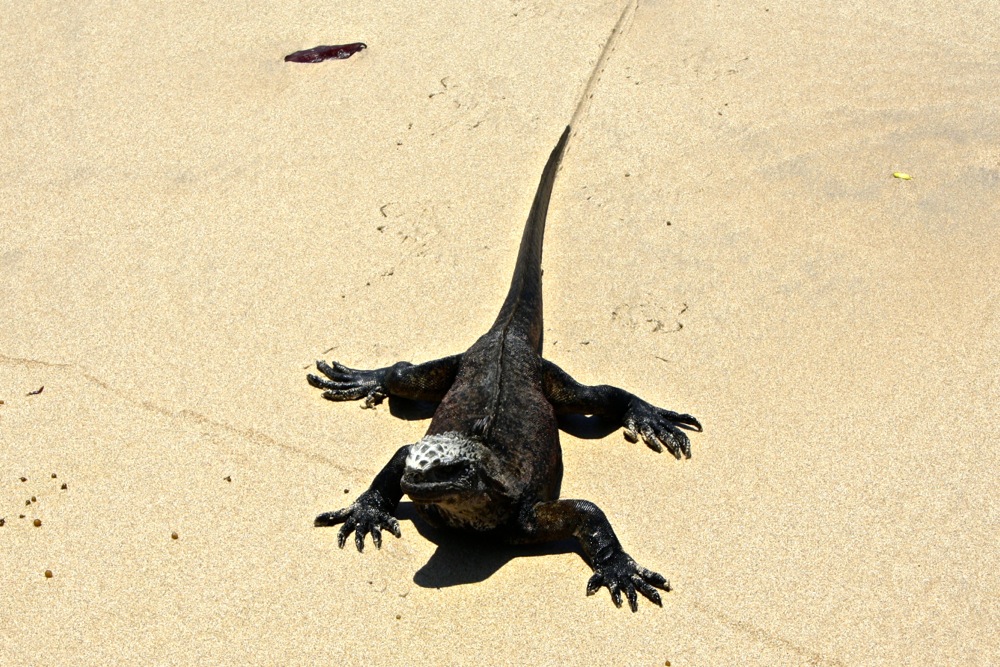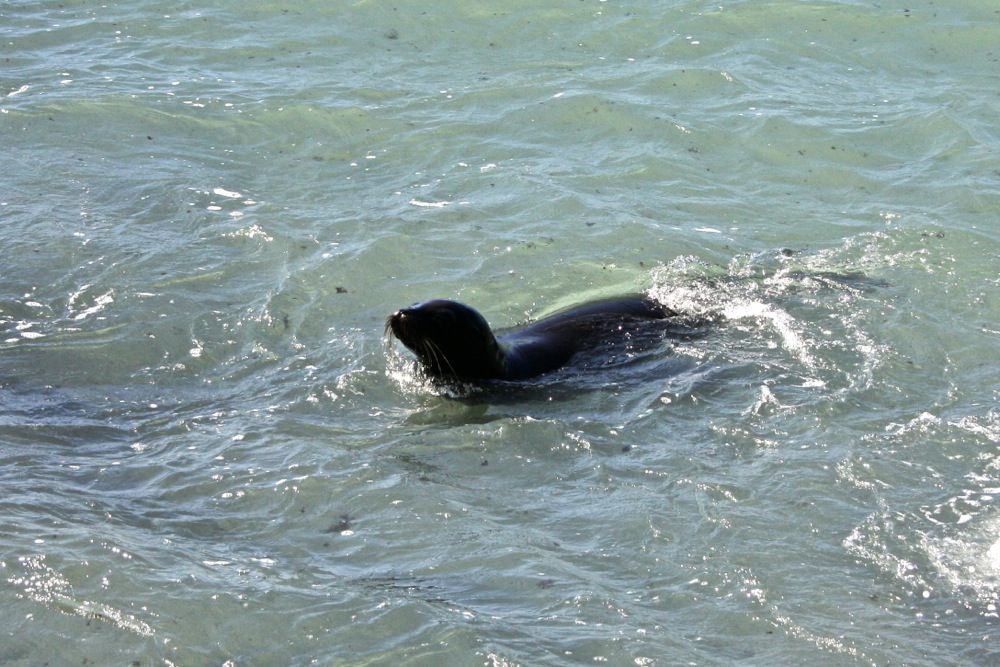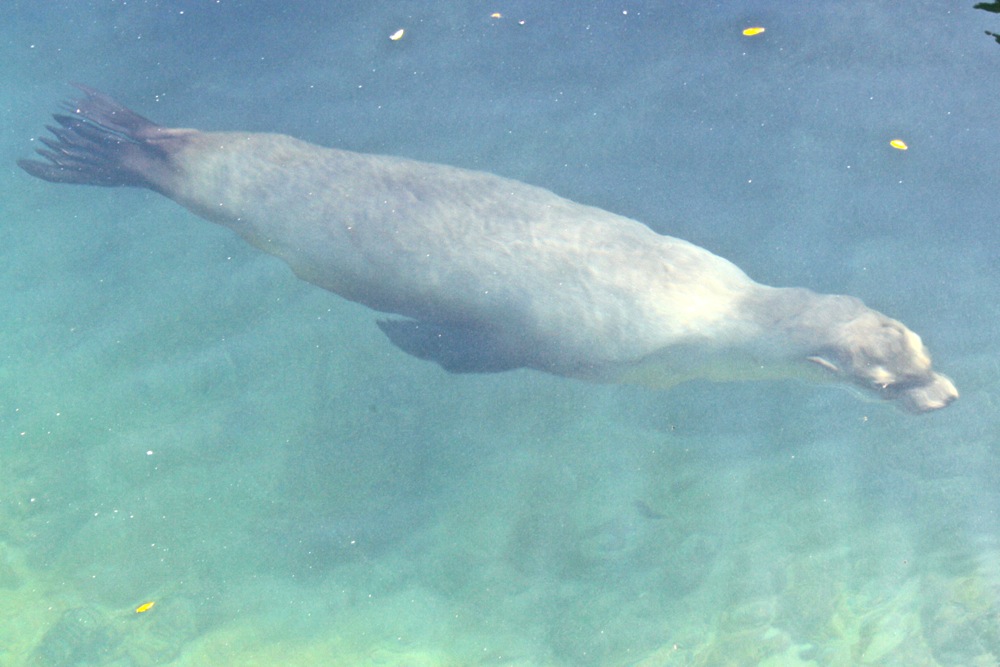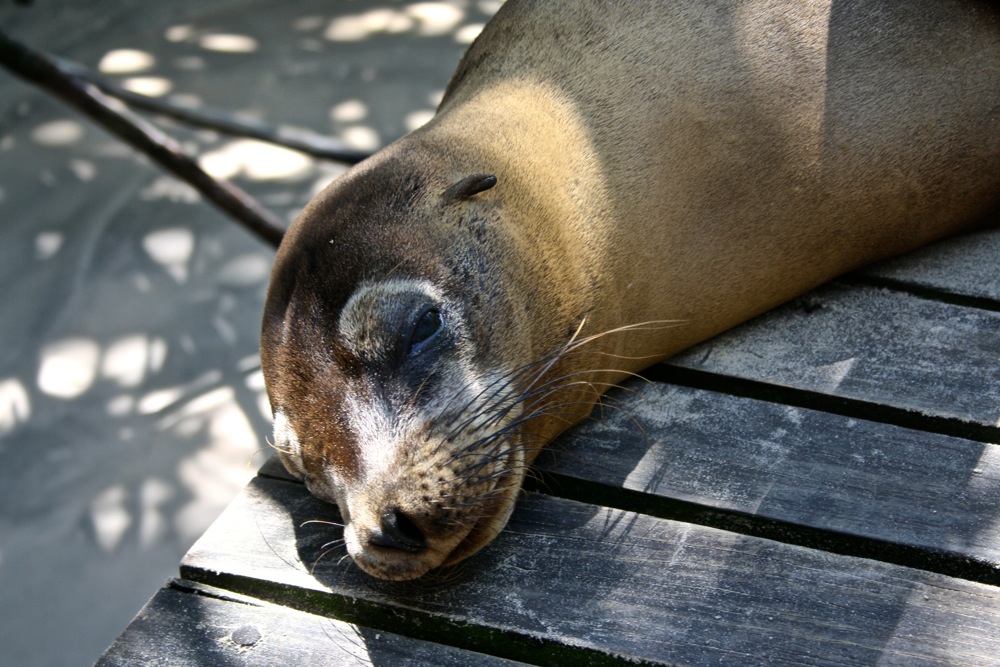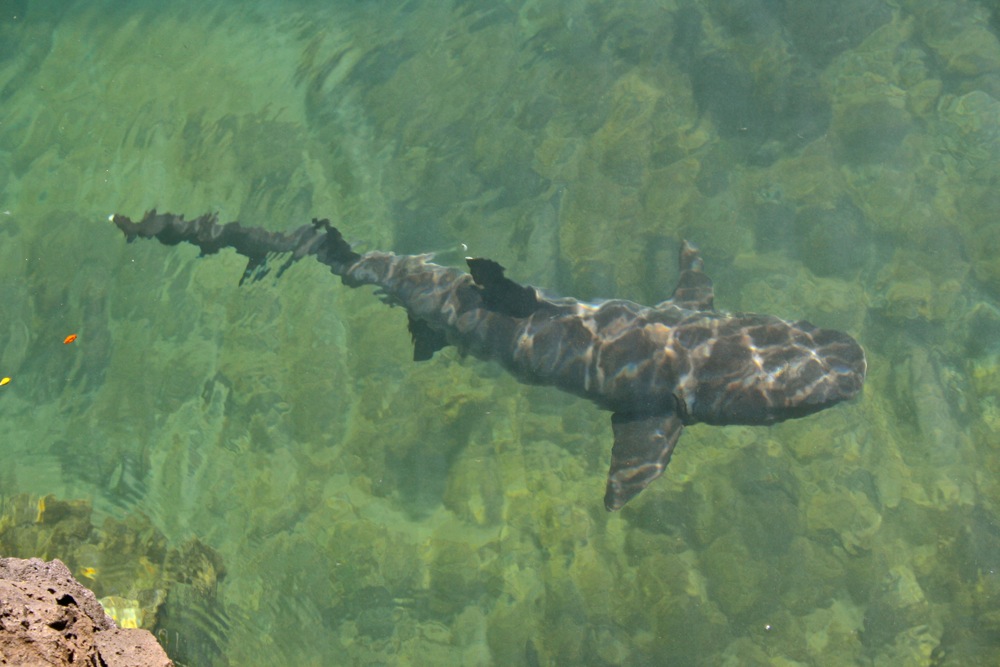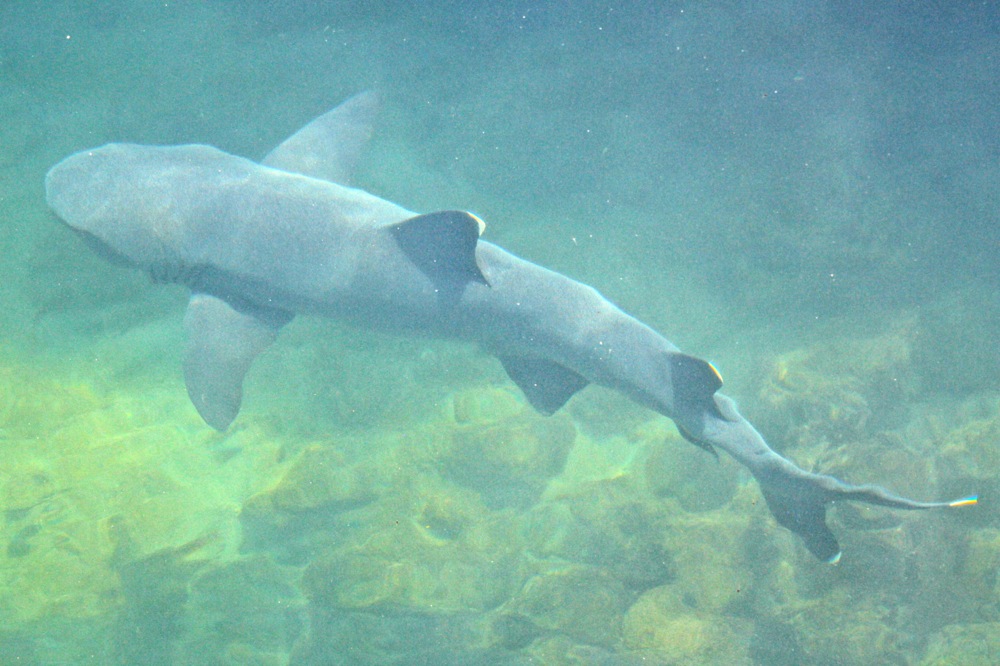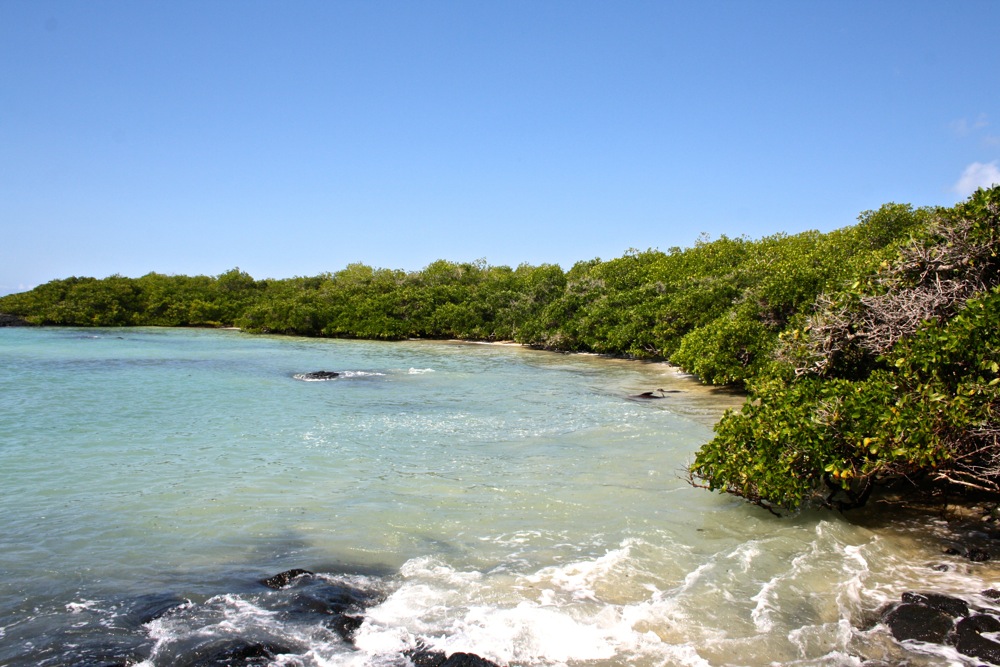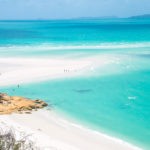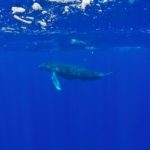I once asked Peter how often people have to take in their cats to be trimmed.
He looked at me, confused. “What do you mean?”
“To trim their fur. How often do you have to do it?”
“Erm, normal people don’t trim their cats.” He started to laugh, amused as ever by my lack of knowledge when it comes to nature – especially when as pedestrian as looking after a cat.
As a child growing up in Tower Hamlets, I never had any pets, never experienced wildlife outside of a zoo, never really developed an affinity for animals. Peter’s watched me cringe at over-affectionate dogs (how can you let them lick your face!?), shoo away the cutest of kittens (I don’t like them near my food!) and roll my eyes as a delicate finch sipped water from our breakfast jug on Santa Cruz. In short: I’m not an animal lover.
You’ll understand his surprise then when I declared that we absolutely, positively, indisputably had to see Galápagos penguins in the wild. There is something so unavoidably cute about these creatures that even I melted at the thought of seeing one. And so the search began.
There are no penguins on the main island of Santa Cruz and so we sailed west to Isabela, one of the least developed and most beautiful of the four inhabited islands. On day one, we visited Concha de Perla, a natural pool by Isabela harbour. We snorkelled for an hour to no avail. We tried a few other hotspots but I went home disappointed. That night, I scoured TripAdvisor and saw that other visitors had indeed swum with penguins by the harbour. And so on day two, we returned to Concha de Perla, this time swimming out of the pool area and further into the sea. Again, we had no luck.
By the end of day two, Peter could see the hope dissipating in my eyes and so we bit the bullet and booked a tour to Las Tintoreras, a group of islands close to the harbour where penguins are said to roam. At $90 per person, the tour was far more than we’d ever paid for snorkelling but a) we absolutely, positively, indisputably had to see Galápagos penguins in the wild and b) this was the Galápagos and so we had to pay a Galápagos premium.
On day three, we set off at 8am and sailed to Las Tintoreras. We saw a few blue-footed boobies (the islands’ famed bird), several sharks, sea lions and marine iguanas. And, finally, from quite a way off we saw a penguin on the rocks. It was tiny; far smaller than I had expected. Then, just like that, it was gone. We got in the water and had a few brief sightings. I was pleased but questioned whether these small glimpses had been worth the money.
And, then, I spotted Peter off in the distance, filming something on the rocks. I swum up and saw a penguin, calmly staring back at us. None of the other snorkellers were around. As corny as it sounds, it seemed like a moment made just for me. The penguin dived under water, gliding in and out. I swam with it for a while and then let it shoot off, not wanting to chase it. I broke the surface of the water with a delighted yelp. It was short and sweet – and worth every penny.
Atlas & BOots
That evening, as we sat on the steps of Hotel Paraiso de Isabela, a small kitten crept up to our feet. I reached forward to pet it.
Peter started laughing. “You’re meant to stroke with her fur, not against it.”
“Fine, you take her,” I said grumpily.
Peter shook his head. “I’m not buying this anti-animal act anymore. I saw how happy you were today.”
I scowled at him, but it promptly melted into an involuntary smile.
Those damn penguins.
The essentials
What: Snorkelling with penguins at Las Tintoreras ($90pp), 2.5 hours
Where: Isabela Island, The Galápagos. We stayed at Paraiso de Isabela, a clean and comfortable hostel run by the lovely Francisco. The wifi is as good as it gets in the Galápagos, drinking water is available, and there are even warm showers. Francisco has a well-stocked shop downstairs for drinks and snacks, and a range of restaurants are within walking distance.
When: The Galápagos Islands are great to visit year round. Peak season is from mid-June to early September and from mid-December to mid-January. It will be difficult to find last-minute deals during peak season so you may want to visit outside it (book via skyscanner.net).
How: Take the ferry from Santa Cruz island to Isabela, $30pp, leaving 7am and 2pm every day. Tickets can be bought from agencies directly opposite the port (avoid Galápagos Mockingbird on a side street as they’ve been known to be unreliable). Book the Las Tintoreras tour via Red Mangrove. They have a lovely hotel on Isabela and are a good option for accommodation if you have a bigger budget.
Note that you will likely have to pay $0.50 to $1pp for ‘taxis’ that transfer you from the shore to the ferry at Santa Cruz and from the ferry to the shore at Isabela. In addition, there is a $5pp tax on entering Isabela. Ferries from Isabela back to Santa Cruz depart at 6am and 3pm and are subject to the same costs. Tickets can be bought from travel agencies on the main drag.
